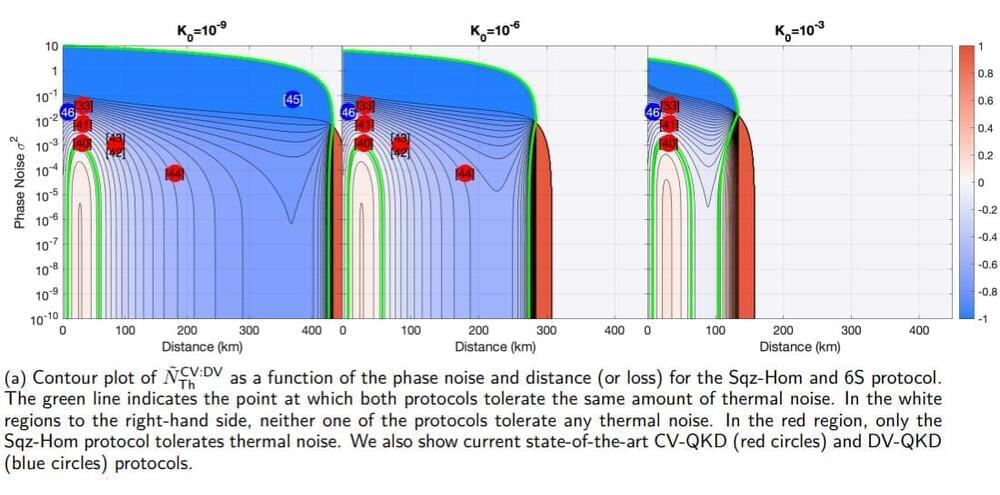Scientists at Kyoto University Hospital will conduct the first human trial of the drug from September 2024 to August 2025. In tests on ferrets and mice, the drug worked with no notable side effects, Popular Mechanics reported.
The drug will be used on 30 men between 30–64 who are missing at least one molar. From there, researchers will expand the study to those with partial edentulism, or those missing one to five permanent teeth.





